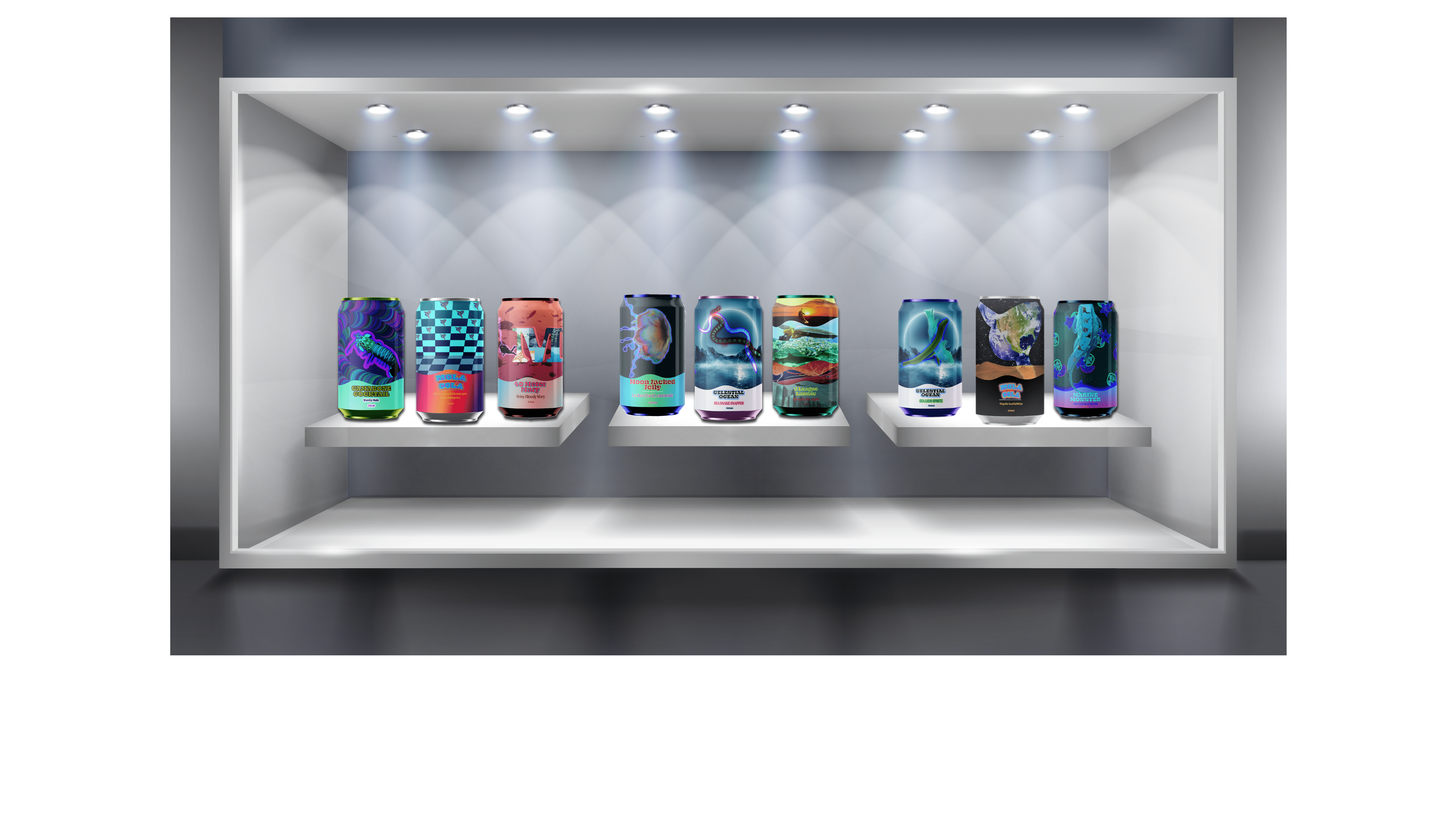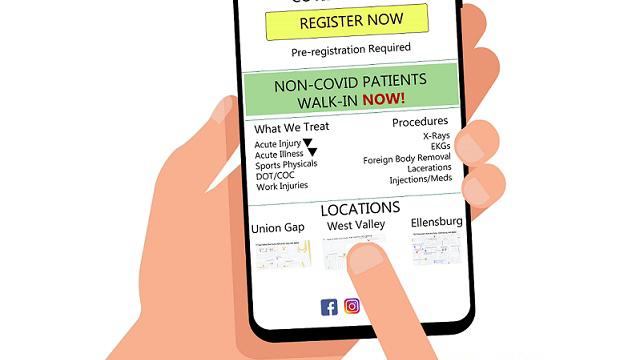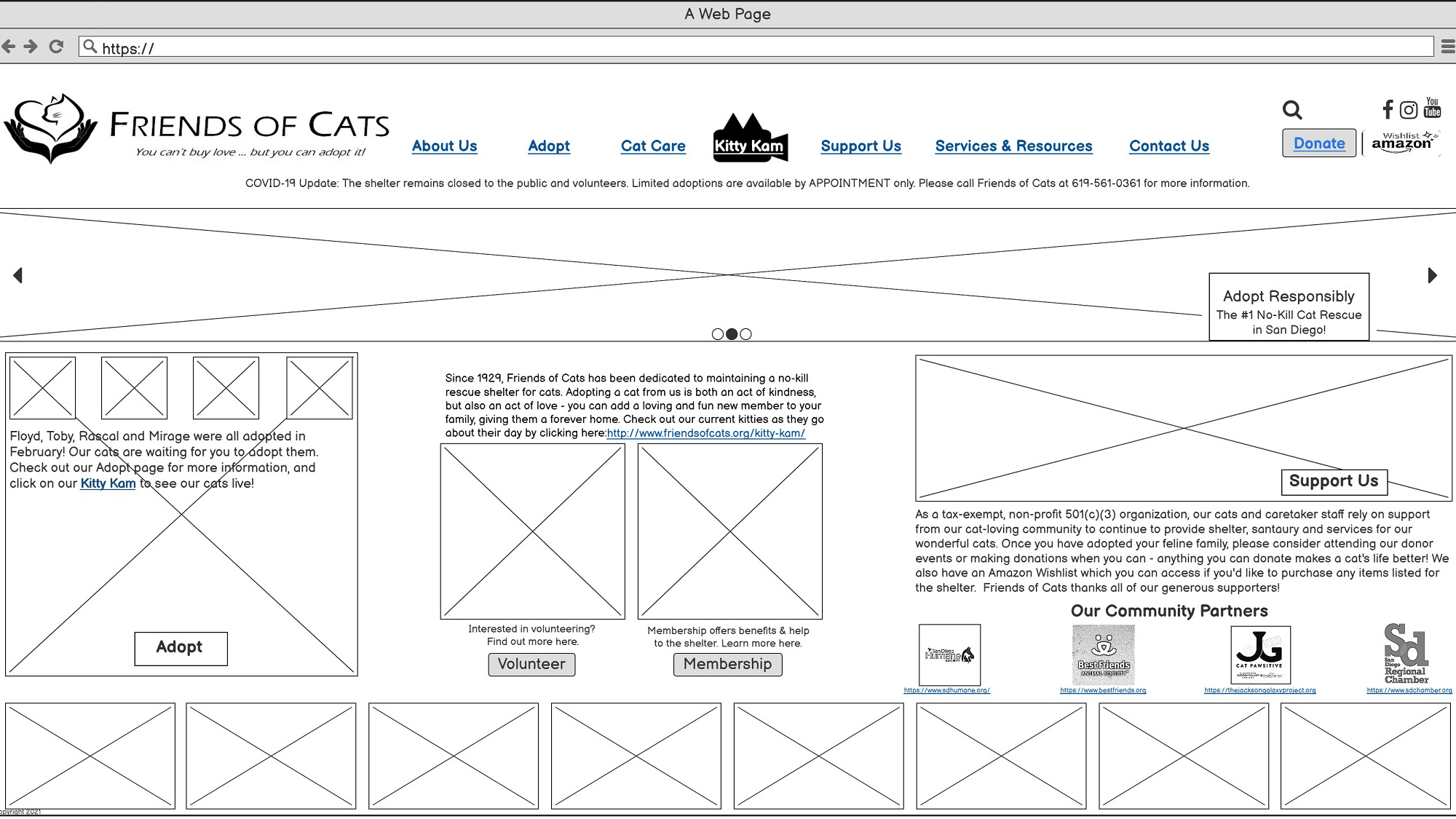
Why we chose the Netherlands for our vending machine pilot

Usage of Hofstede's Insights to backup other research on the Netherlands as an ideal location

Research process

Examples of De Stijl art and Dutch niched vending machines (automaaten)

Automaaten

Vending machine specs

Figma design of technical structure of machine

Machine iterations

Iteration of machine with more opaque globe doors showing a globe, full video screen, payment center

Final Wees de Wereld machine prototype

Sample final survey to show on interactive screen upon purchase to maintain user impressions

"Presentation" to prospective NS partner team (NS is the Dutch agency that manages all transportation services and stations including bike ports, bus and train stations and airports)
















